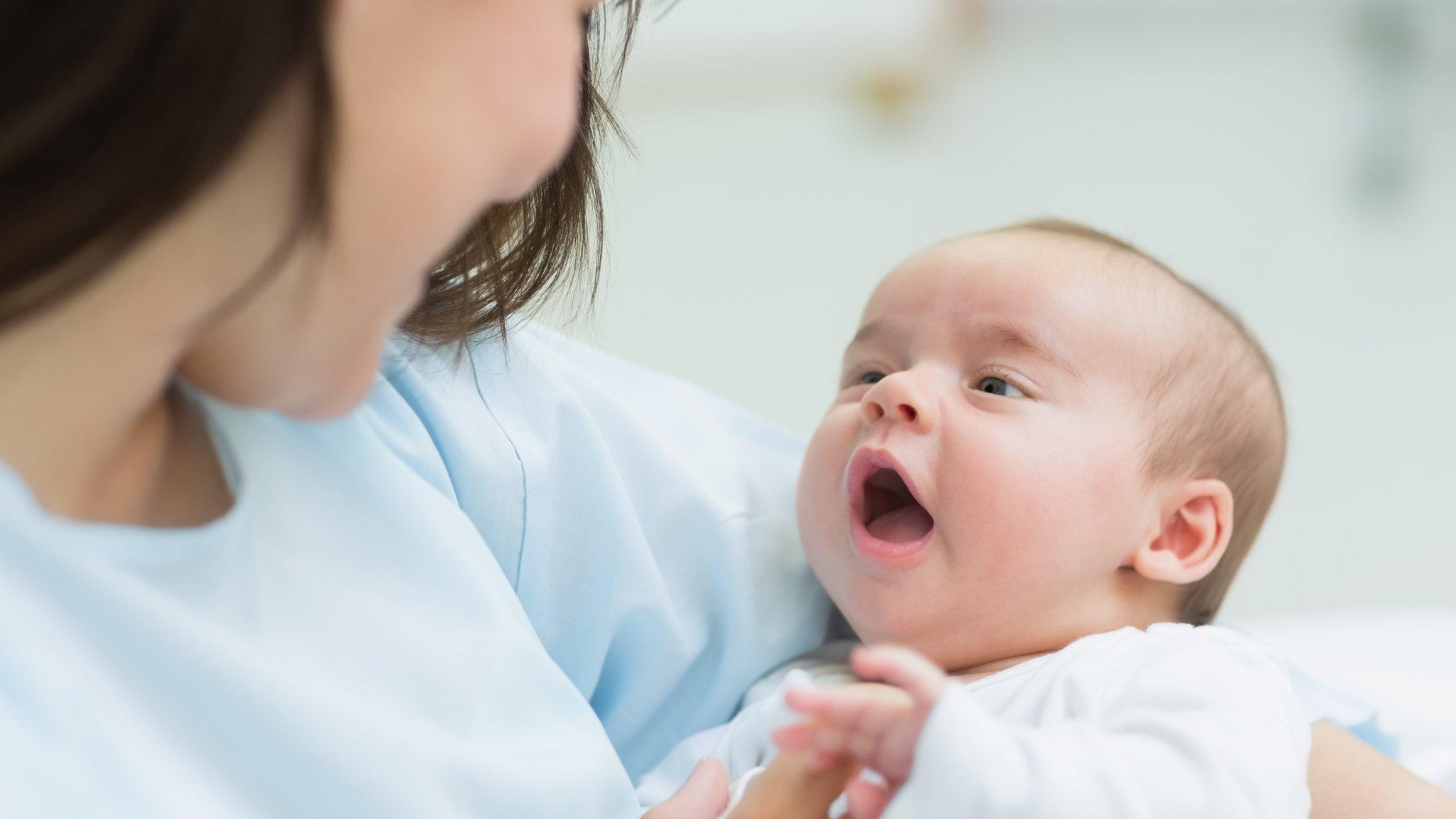'Obesity and age' among causes of Caesarean birth rise
- Published
- comments
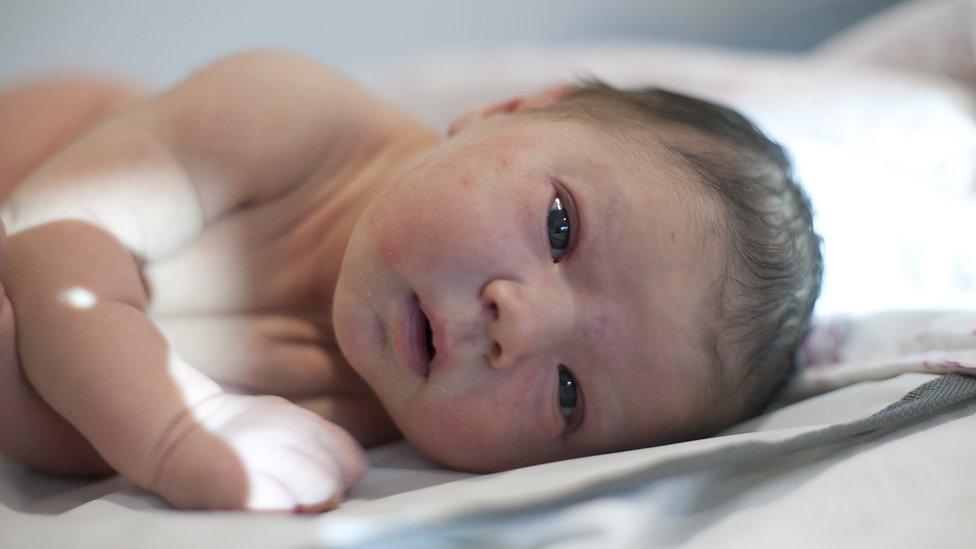
The number of conventional births has dropped from 407,031 in 2011-12 to 382,514 in 2015-16
Rising obesity and older mothers are behind thousands of extra Caesarean births, experts have said.
Maternity figures show the numbers of both elected and emergency Caesarean sections have gone up despite a fall in the overall number of births.
The Royal College of Obstetricians and Gynaecologists said the figures reflect an increase in "complex births", with obesity and age the main reasons.
The Royal College of Midwives said the rise in Caesareans was "a worry".
More than a quarter of all babies born in England are now delivered that way.
Live from a maternity ward: Follow our updates for 24 hours
There were 73,551 elective - or planned - C-sections on the NHS in 2015-16, which was about 6,750 more than in 2011-12.
There was also a small rise in the number of emergency Caesarean births - up from 97,054 in 2011-12 to 99,403 in 2015-16.

What is a Caesarean birth?
Caesarean sections: Why and when are they used?
Caesarean section - or C-section - is when a baby is delivered by making a surgical cut in to the abdomen and womb.
C-sections fall into two categories.
The first are called elective, or planned, C-sections. These are planned in advance, usually for medical reasons, such as a baby that is either in the wrong position or very large.
The second are emergency Caesareans, which are usually carried out because of complications during labour.

Overall, the number of conventional births has dropped from 407,031 in 2011-12 to 382,514 in 2015-16.
According to the Office of National Statistics, the average age of mothers has increased by four years in the past 40 years and in 2015 more than a fifth of all live births, external in England and Wales were to mothers aged over 35. Forty years earlier it was a little over one in 20.
A study by the Centre for Maternal and Child Enquiries found about 40,000 maternities each year, external in the UK involve women who are clinically obese.
Dr Pat O'Brien, a consultant obstetrician and spokesman for the Royal College of Obstetricians and Gynaecologists, said: "In recent years, there has been a higher number of complex births due to older maternal age and obesity and these are both associated with a number of complications, including a greater risk of miscarriage, stillbirth and a more complicated labour."
He stressed that most "elective" Caesareans were performed for clinical reasons, rather than because it was what the mother had chosen.

'It wasn't going to plan'
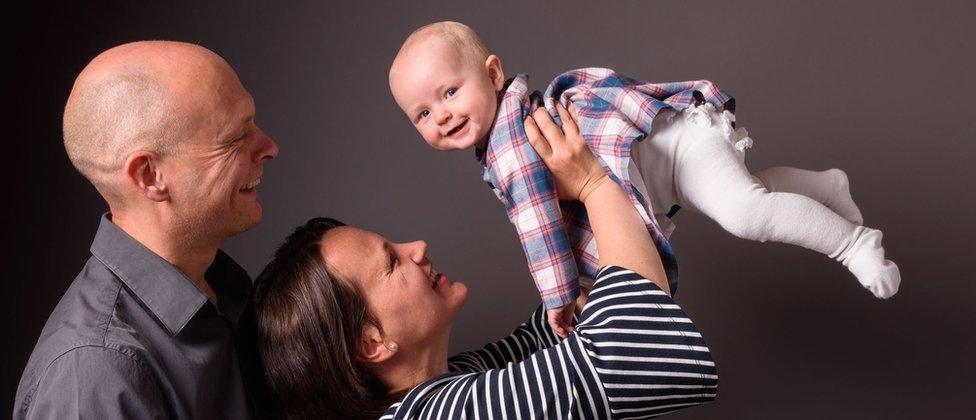
Alexandra Borrett with baby Lucy and partner Andrew
A Caesarean section was not an easier alternative to a conventional birth for Alexandra Borrett
It brought discomfort and even hallucinations after Lucy was delivered.
Aged 32 and a keen runner, she was neither older nor overweight for a pregnant mother and had barely considered what a C-section involved.
Miss Borrett wanted a water birth at the midwife-led (now closed) Harwich Maternity Hospital but her contractions slowed, her waters did not break and there were concerns about her baby's heartbeat.
Cutting Lucy out took seconds.
So quick, said Miss Borrett, that she did not immediately realise her baby had been born because there was no cry.
Lucy, she learned, was not breathing and Miss Borrett feared the worst.
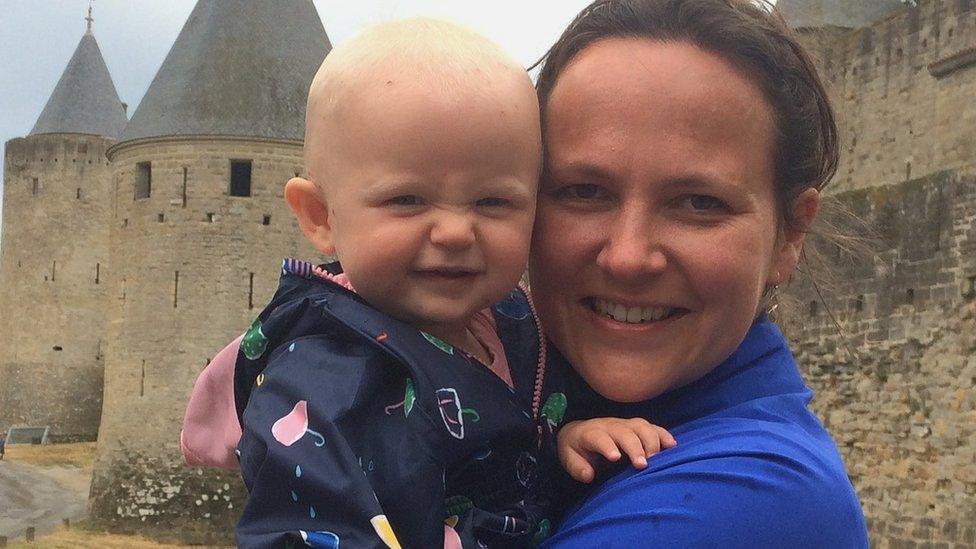
Lucy was not breathing but was quickly resuscitated
Lucy was taken away and successfully resuscitated.
Miss Borrett, who describes the aftermath as a significant discomfort and of feeling "very swollen", was given heavy painkillers which triggered hallucinations.
"I woke up in the middle of the night in the ward, I grabbed my baby and ran off down a corridor shouting that the hospital was on fire," she said.
She did not leave her house for 17 days afterwards because of the pain and even 13 months on, her scarring feels "tight".
And she described how she initially felt as though she had "failed" by not giving birth naturally, but has since decided it was the right thing for her baby.
Although she found talking through her experience with the consultant three months after Lucy was born helpful, she said there was very little support for mothers who have to have an emergency C-section.
Miss Borrett, meanwhile, has recently completed a 10km running race and has "never been fitter".

'Complications'
A spokesman for the Royal College of Midwives said: "The continued rise in Caesarean sections is a worry.
"Whilst some are needed for medical reasons we need to know why the rate is increasing, and take steps to address this.
"This issue is also linked to the rising numbers of overweight and obese pregnant women and I remain concerned about the increase in these numbers.
"These women are more likely to have a Caesarean section, and may also need additional support and care because of the potential complications that can occur in pregnancy for these women."
The number of births involving medical equipment, such as forceps or a ventouse, has dropped from more than 85,000 in 2011-12 to 82,204 in 2015-16.
Establishing which hospitals have seen the largest increases in elected Caesareans is difficult because of recent mergers.
So while both King's College Hospital with an apparent 665% increase and Barts Health with a 254% increase might appear to have the biggest rises, they have also absorbed two other hospitals each in the past five years, meaning the total number of births they manage have increased by similar amounts.
Queen Elizabeth Hospital (QEH) in Kings Lynn saw an increase in elective C-sections but a fall in the overall number of births over four years.
In 2011-12, 148 mothers had elected Caesareans out of 2,332 births. By 2015-16, that number was 255 out of 2,300 births.
The hospital's chief nurse Emma Hardwick said: "Over the last five years, the QEH has seen a rise in the percentage of mothers having caesarean sections. There are a number of reasons for this increase at the trust, these include obese mothers, IVF, older mothers and changes in guidelines.
"At the QEH there have been many highly welcomed initiatives for mothers and their babies in recent years to support lowering the Caesarean section rate and give women more choice, for example homebirth and the opening of the midwifery-led unit."
- Published18 September 2017
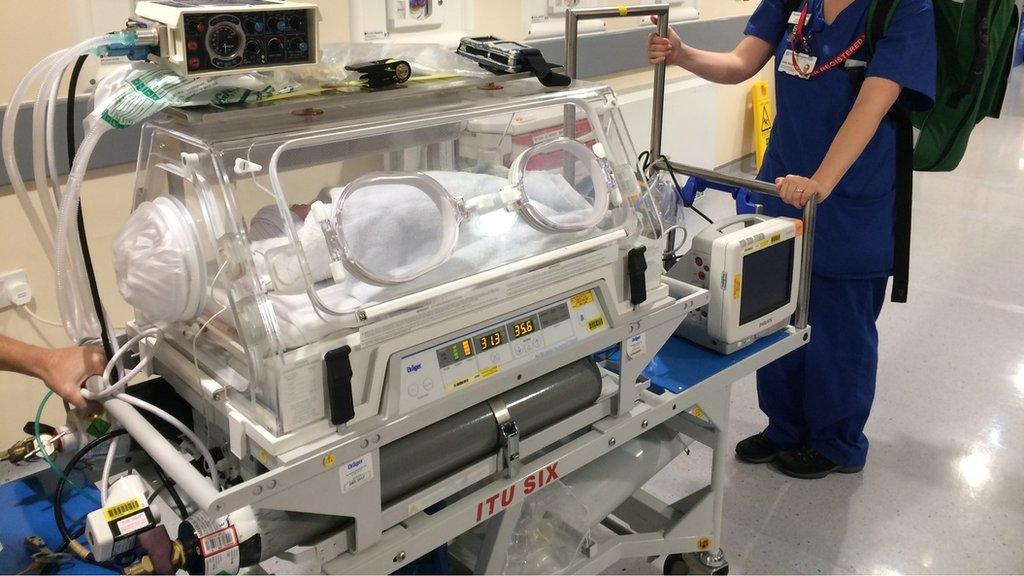
- Published7 December 2016
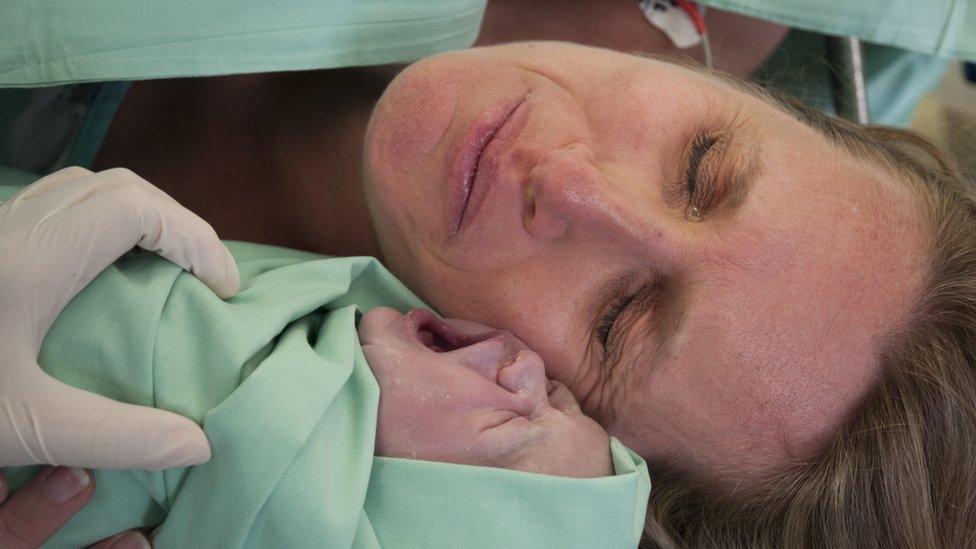
- Published6 December 2016
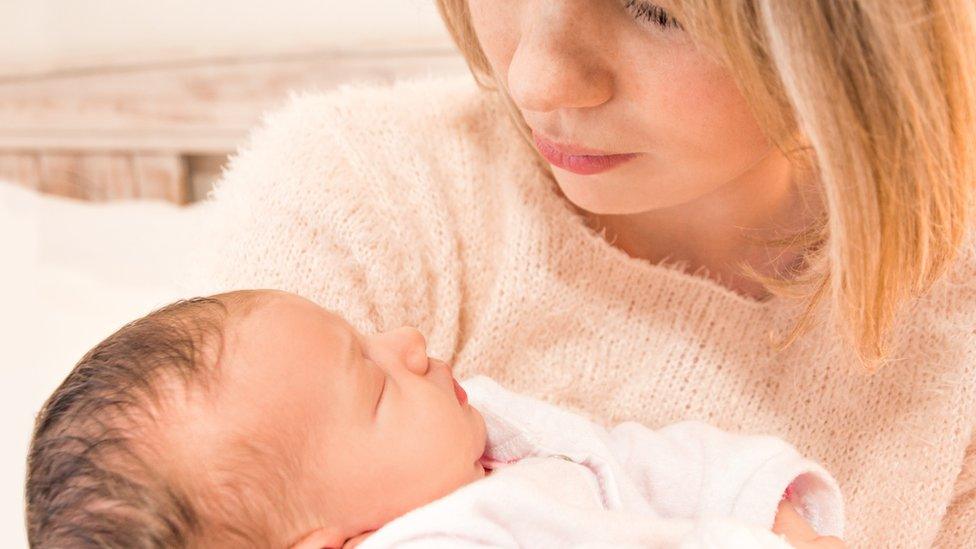
- Published24 September 2016
